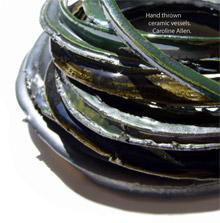Rob Lee (University of Southampton)
The notion of creativity is often associated with style, in terms of the artistic form of objects, decorative motifs and images and the techniques developed and used in their production. Bronze tools are less associated with ideas of such stylistic creativity except for being the means of the creating other objects. They do, however, offer potential to explore ideas of creativity, not just from motifs or decoration but in how physical morphology was manipulated as a means of practicing creativity and creating a social meaning whilst still developing function,
Analysis of tools can demonstrate functional creativity in terms of technical development and change related to specific uses, and opportunities for complementary stylistic creativity without compromising that functionality. At a technological level the Late Bronze Age in Britain and Northern Europe represents a period of significant technical innovation and invention, and the changes which are visible in tools can be characterised as the result of multiple dimensions of technological creativity and realisation of potential in material and morphology.
Morphology is an indicator of both functional and stylistic creativity, and representative of the idea that the functional can at the same time be the stylistic. As three-dimensional objects bronze tools display a range of features which can be considered as part of that creativity, from functional morphology and physical structure to decorative motifs such as axe ribs. Thinking in four dimensions allows the tool to be viewed as both an expression of creativity and the means of creativity – the morphological, the stylistic, the social and the functional.


